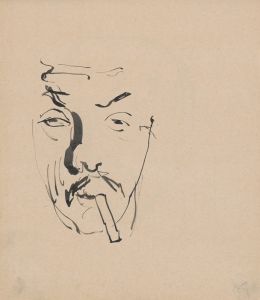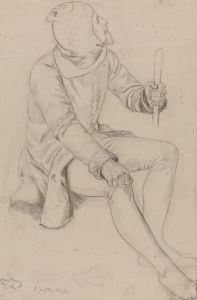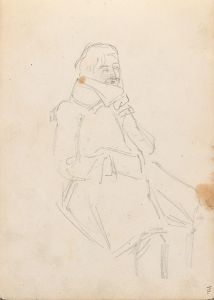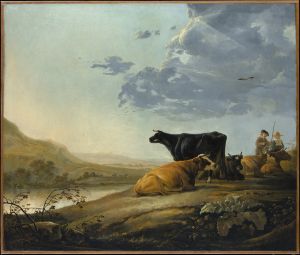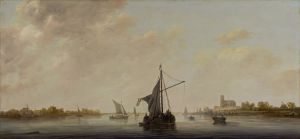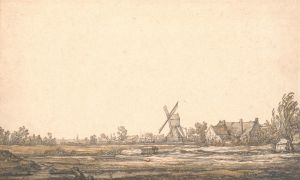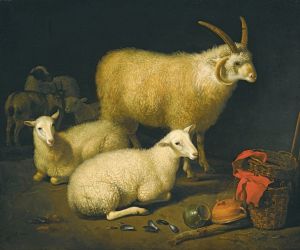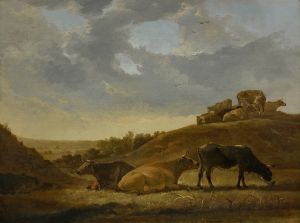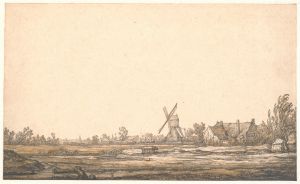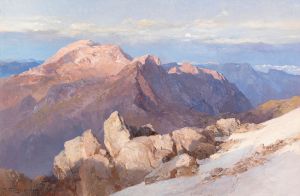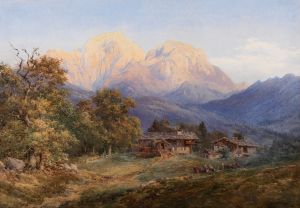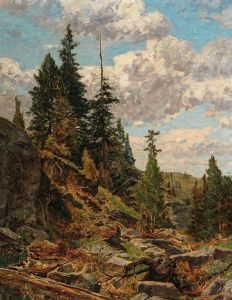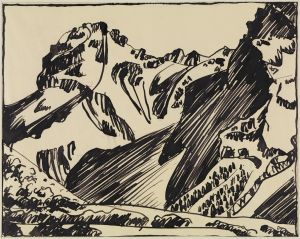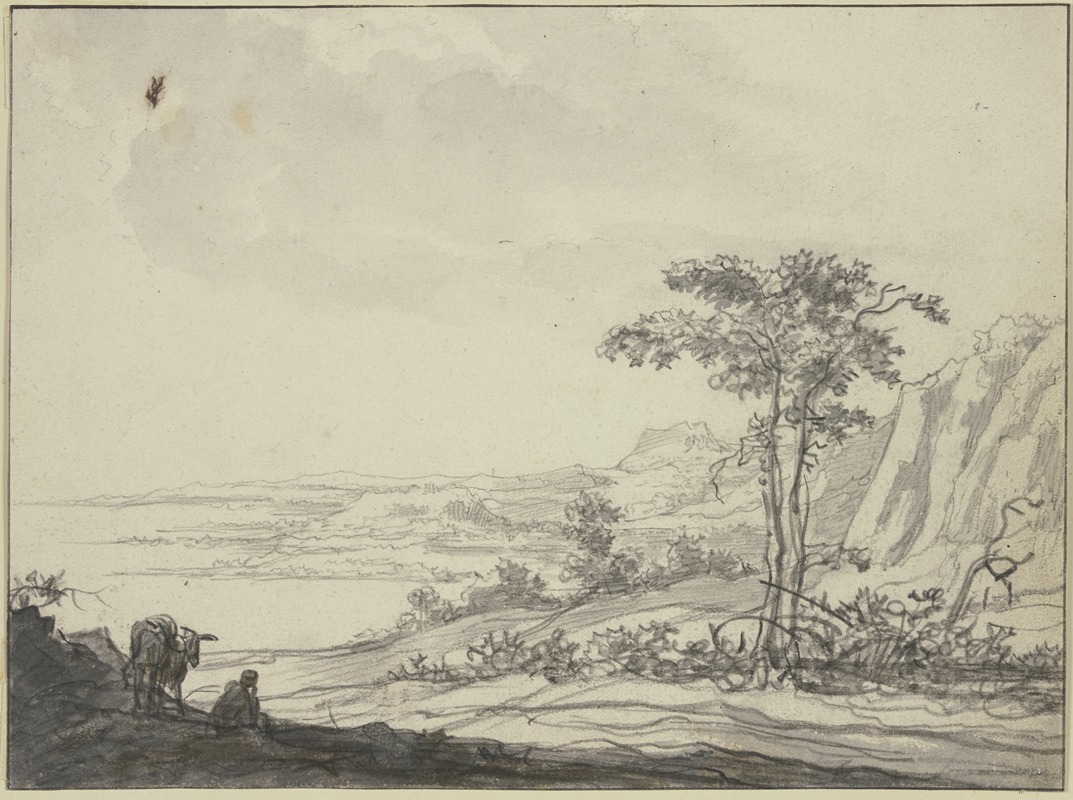
Gebirgslandschaft am Meer, links ein sitzender Mann bei einem Esel
A hand-painted replica of Aelbert Cuyp’s masterpiece Gebirgslandschaft am Meer, links ein sitzender Mann bei einem Esel, meticulously crafted by professional artists to capture the true essence of the original. Each piece is created with museum-quality canvas and rare mineral pigments, carefully painted by experienced artists with delicate brushstrokes and rich, layered colors to perfectly recreate the texture of the original artwork. Unlike machine-printed reproductions, this hand-painted version brings the painting to life, infused with the artist’s emotions and skill in every stroke. Whether for personal collection or home decoration, it instantly elevates the artistic atmosphere of any space.
Aelbert Cuyp was a prominent Dutch landscape painter of the 17th century, known for his idyllic and serene depictions of the Dutch countryside. His works are celebrated for their luminous quality and masterful use of light, which often imbues his landscapes with a warm, golden glow. Cuyp's paintings typically feature pastoral scenes, often with cattle, rivers, and expansive skies, capturing the tranquil beauty of rural life in the Dutch Golden Age.
"Gebirgslandschaft am Meer, links ein sitzender Mann bei einem Esel" is one of Cuyp's works that exemplifies his skill in landscape painting. The title, which translates to "Mountainous Landscape by the Sea, a Seated Man with a Donkey on the Left," provides a straightforward description of the scene depicted in the painting. This work showcases Cuyp's ability to blend natural elements with human and animal figures, creating a harmonious composition that draws the viewer into the serene world he portrays.
In this painting, Cuyp presents a landscape that combines mountainous terrain with a coastal setting, a subject that is somewhat atypical for the artist, who more frequently painted the flat landscapes of the Netherlands. The inclusion of a seated man and a donkey adds a narrative element to the scene, inviting viewers to ponder the relationship between the figures and their environment. The man's relaxed posture and the presence of the donkey suggest a moment of rest or contemplation, further enhancing the tranquil atmosphere of the painting.
Cuyp's use of light in this work is particularly noteworthy. He employs a warm, golden light that bathes the landscape, creating a sense of harmony and peace. This treatment of light is a hallmark of Cuyp's style and contributes to the timeless quality of his landscapes. The way light interacts with the natural elements in the painting, such as the mountains and the sea, highlights Cuyp's keen observation of nature and his ability to translate it onto canvas.
The composition of "Gebirgslandschaft am Meer" reflects Cuyp's mastery of balance and proportion. The placement of the man and the donkey on the left side of the painting provides a focal point that anchors the composition, while the expansive landscape stretches out to the right, inviting the viewer's eye to explore the scene. This balance between the human element and the natural world is a characteristic feature of Cuyp's work, demonstrating his ability to create a sense of unity and coherence in his paintings.
Aelbert Cuyp's landscapes, including "Gebirgslandschaft am Meer," have been highly regarded for their beauty and technical skill. His work has influenced many artists, both during his lifetime and in subsequent generations, and his paintings continue to be admired for their serene beauty and masterful depiction of light. Cuyp's ability to capture the essence of the Dutch landscape, while also exploring more varied terrains, as seen in this painting, underscores his versatility and enduring appeal as an artist.





